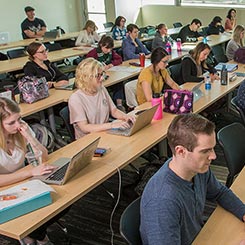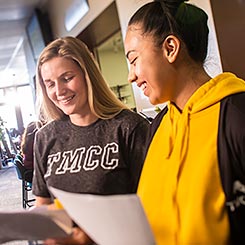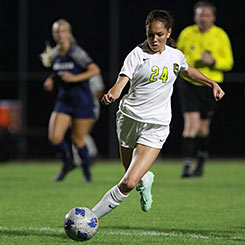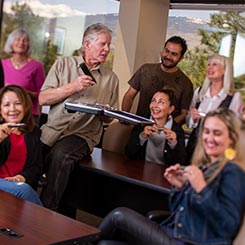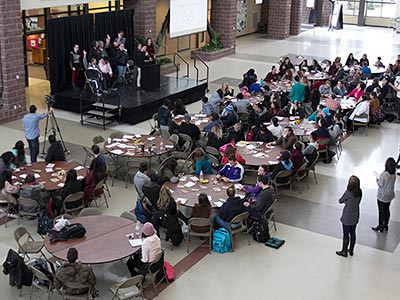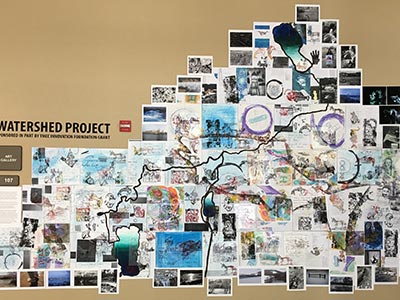Faculty for Radical Empowerment and Enlightenment (FREE) is TMCC’s longest-running interdisciplinary theme-based learning community, operating continuously since its founding in 2003. Learning communities—theme collaborations among cohorts of educators and students—are forums for shared social-emotional learning to deepen academic engagement. FREE is an example of a "laboratory" learning community, focusing on imaginative evolving student-centered themes to engage previously scheduled courses into big picture academics through a year-long series of events.
Involving approximately 200 students and 10 active cross-disciplinary faculty each year, FREE centers on holism. FREE is successful because we use existing institutional bureaucracy—class schedule and catalog curricula—to gather a ready-made critical mass of interdisciplinary students, professors, and community members into active, universally-relevant, interdisciplinary themes.


